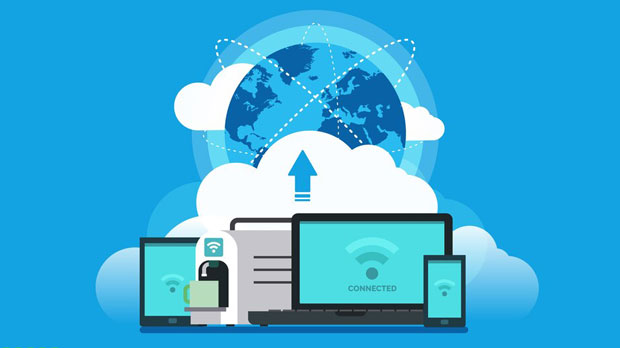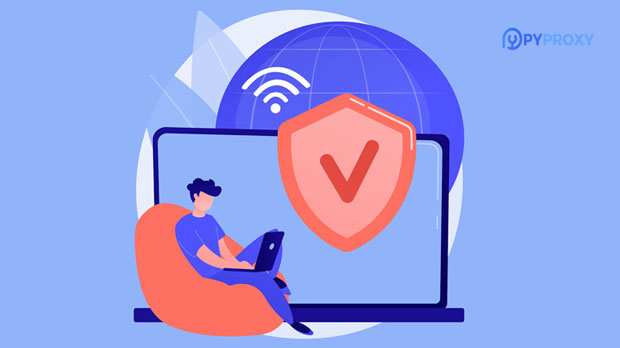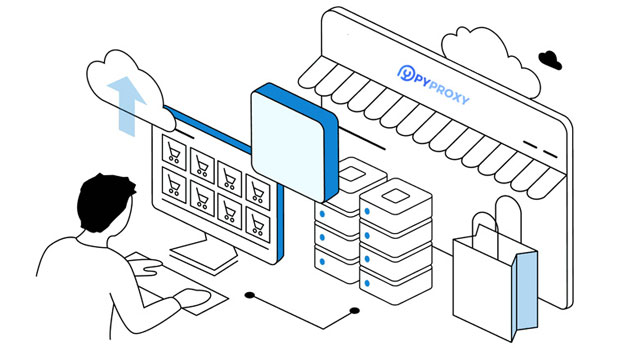In today's digital age, web unlocking tools have become crucial for accessing region-locked content and services. These tools operate through proxies, enabling users to bypass geographical restrictions. The effectiveness of these tools heavily depends on their global proxy coverage, which refers to the number and diversity of proxy servers available in different regions worldwide. The wider the coverage, the more seamless the user experience becomes, as they can access content from virtually any location. This article explores the importance of global proxy coverage in web unlocking tools, delving into its impact on performance, accessibility, and user satisfaction. It will also analyze key factors that determine a tool’s ability to offer comprehensive global coverage, and how businesses and consumers alike benefit from such capabilities. Understanding Global Proxy CoverageGlobal proxy coverage is the backbone of web unlocking tools. Proxies serve as intermediaries that mask users' original IP addresses, allowing them to appear as though they are browsing from a different region or country. This is essential for bypassing geographic restrictions imposed by websites or services that are otherwise inaccessible from certain locations.The geographical distribution of proxy servers determines how effective a web unlocking tool is in providing access to content across different regions. For instance, if a tool has proxies in North America, Europe, and Asia, users in those regions can enjoy fast and secure access. However, for complete global coverage, the tool must have a presence in multiple countries, including regions with emerging markets like Africa, Latin America, and the Middle East.The Impact of Global Proxy Coverage on User Experience1. Access to Region-Locked ContentOne of the most significant advantages of a web unlocking tool with global proxy coverage is the ability to access content that is restricted to certain regions. Streaming services, news websites, and e-commerce platforms often impose geo-restrictions, limiting access to users outside their target areas. By offering proxies in various locations, web unlocking tools can help users bypass these limitations, providing unrestricted access to global content.For example, a user in a country where a popular streaming service is unavailable can use a proxy server in another region to access the service as if they were located there. The broader the proxy coverage, the more websites and services the user can unlock.2. Improved Speed and StabilityGlobal proxy coverage also impacts the speed and stability of a web unlocking tool. When a user connects to a proxy server located closer to their physical location, the connection is generally faster, and the service is more stable. However, if the proxy server is located far away, the connection may become slower, leading to buffering issues or interruptions.To mitigate this, a tool with a wide network of proxies can automatically direct users to the nearest server, ensuring optimal connection speed. For users in remote or less-served regions, having access to proxies in key locations can significantly improve their online experience, providing them with faster and more reliable access to global content.3. Security and PrivacyAnother crucial benefit of global proxy coverage is the enhancement of security and privacy. Web unlocking tools with a large number of proxy servers offer users better encryption and anonymity. By masking a user’s true IP address, proxies help protect against potential threats such as tracking, data mining, and cyberattacks. Furthermore, a tool with proxies spread across different regions can ensure that users are not exposed to risks associated with having a single point of failure. If one proxy server is compromised or under attack, users can easily switch to another, ensuring continued security and privacy.Factors Influencing Global Proxy CoverageSeveral factors determine the global proxy coverage offered by web unlocking tools. These include:1. Number of Proxy ServersThe more proxy servers a tool has, the greater its global coverage. A high number of proxies in various regions allows users to choose servers based on their location and preferences, improving their overall experience. Tools with a limited number of proxies are often confined to only a few countries or regions, restricting users' ability to bypass geographical blocks.2. Quality of Proxy ServersNot all proxies are created equal. The quality of proxy servers, including their speed, security, and reliability, plays a crucial role in global coverage. Some web unlocking tools may have a vast network of proxies but may struggle with performance issues due to poor-quality servers. High-quality proxies ensure a better user experience, faster speeds, and a higher level of security.3. Diversity of Proxy LocationsThe diversity of proxy server locations is equally important. While having proxies in major markets like the U.S., the U.K., and Canada is essential, tools with proxies in emerging markets also provide significant value. Many users are located in regions where access to global content is restricted, and by offering proxies in these areas, a web unlocking tool can cater to a broader audience.4. Updates and MaintenanceProxies require regular updates and maintenance to stay functional and secure. A tool with global coverage must continuously monitor its network, ensuring that proxies are up-to-date and not blocked by websites or services. This also includes rotating proxies to prevent overuse and potential detection.Business Benefits of Global Proxy CoverageFor businesses, leveraging web unlocking tools with extensive global proxy coverage can provide several key benefits:1. Market ExpansionBusinesses that operate in multiple countries can use web unlocking tools to access region-specific content and services. Whether it’s market research, competitive analysis, or testing websites, businesses can benefit from a global proxy network that provides access to a wide range of international markets.2. Geo-Targeted MarketingWith proxies in various regions, businesses can better understand and adapt their marketing strategies for different audiences. By simulating user behavior from various countries, companies can analyze regional trends and adjust their campaigns accordingly.3. Bypassing Regional RestrictionsCompanies can also use web unlocking tools to bypass regional restrictions on their own websites or services. For example, if a company’s website is restricted in certain countries, using proxies can help them test and troubleshoot access issues from different regions.The global proxy coverage of a web unlocking tool is an essential factor that influences its effectiveness, speed, security, and overall user satisfaction. By providing proxies in multiple regions worldwide, these tools enable users to access otherwise restricted content, enhance their online experience, and maintain their privacy and security. Businesses, too, can benefit from comprehensive global proxy coverage by improving market access, testing regional content, and expanding their reach to international customers. For both consumers and companies, understanding the importance of global proxy coverage can significantly enhance the value derived from web unlocking tools.
Nov 10, 2025



































































